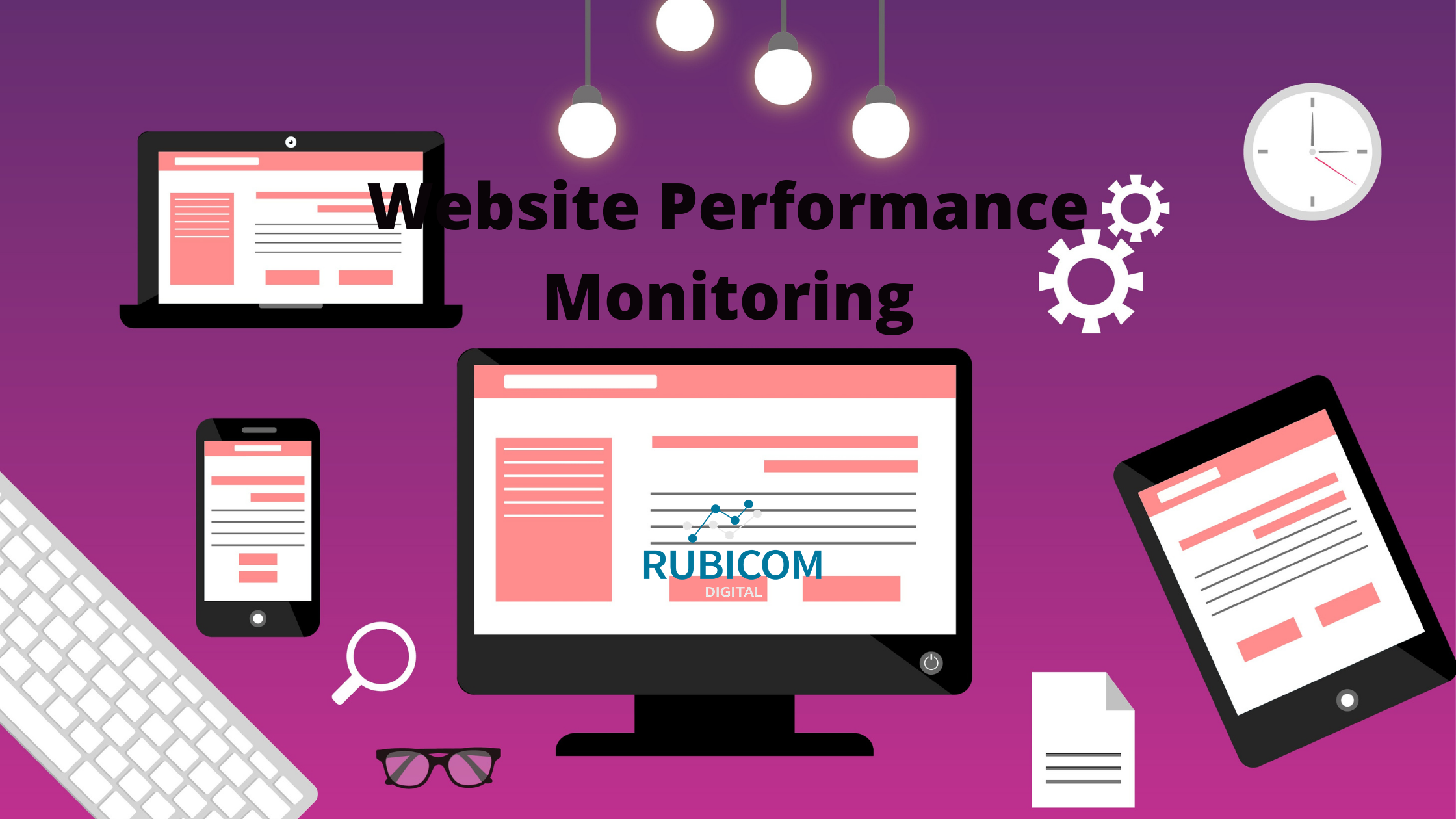Leveraging a Website Performance Monitoring Company to Drive Marketing
A website performance monitoring company can help your organization enhance your online presence while making ongoing improvements to best communicate your overall message.
Too often, organizations’ will hire a marketing consultant to help them develop a website, and then immediately stop making improvements on the website once the engagement with the consultant is complete.
The overarching goal of using a website performance monitoring company to drive marketing decisions is to ensure that you’re continuously optimizing your website and best reaching your target audience.
A website is an asset for your business and therefore should be continually monitored and improved; Not developed once and left alone.
This discussion will break down the various aspects that a website monitoring consultant can offer your business.
Monitoring Aspects
- Hosting Provider Audit
Your website hosting provider should offer a number of benefits including reliable support, shared vs. private hosting options, & a user-friendly interface so that regardless of whether it’s a developer making modifications or a user within your organization, changes can be easily made.
Here’s an article to help you determine which website hosting company works best for you.
By monitoring your website, your website consultant will be able to tell you if you’re using the right hosting provider, determine if a site migration is appropriate, & help you get the most out of the offerings that the hosting provider has.
- Website Speed
When thinking about website performance, the first thing that comes to mind is probably website speed. A website performance monitoring company will ensure that your pages are loading quickly (Ideally, 3 seconds or under).
Sites that don’t load quickly will see a sharp increase in the number of users that drop-off and never consume their website content after losing their attention. Website speed is optimized by a number of factors but below are a few important aspects to keep in mind:
- Leverage browser caching
This stores files on a local computer when a user visits your website so that the page loads even faster the next time around as the resources are already stored.
- Defer Javascript
Javascript is used by developers to run scripts (or code) on your website when a specific action is performed. Deferring it until after the pages load ensures that the visible content loads first.
- Serve optimized images
Optimized images allow you to use images in next generation format such as JPEG or PNG, and also serve them to your audience in a resolution that loads faster on your website.
- Use a content delivery network (CDN)
A content delivery network stores your content files on servers that are strategically located throughout the country so that it’s easier to load files based on where the user is accessing your website. For example, a website will load much faster for a California based user if the files are stored on a server in Nevada rather than a server in New Jersey.
- Enhanced Security
Because your website is an asset, you’ll want to ensure that it’s protected. There are a number of ways that this can be done including:
- Automated website backups: automated backups allow you to easily recover your website in the event that something goes wrong, without losing all of your content.
- Add Captcha to the website: Captcha is a system designed to differentiate between an actual human and bots/spam that is attempting to negatively impact your website. This feature is a great step in mitigating outside threats.
- Limit login attempts: This is exactly what it sounds like, limiting the number of times that a user can attempt to login to the back end of your website; Another outside threat mitigation protocol.
- Frequent updates: As you leverage plugins and code on your website, optimized versions are continuously released to fix any bugs or improve the software. Keeping that software up-to-date is a crucial step.
- Scanning: Leveraging scanning software will allow your site to be scanned for any malicious activity or code, and bring it to attention before the damage has been done.
Investing in security for your website will give you peace of mind and ensure that even if something goes wrong, damage will be mitigated.
ANALYTICS
The remaining steps fall under data analytics that can be used to drive decision making for your business. This can be done with a variety of tools, but for the most part this can all be done with the free Google Analytics tool.
- Insight on traffic sources
If you’re interested in using a website monitoring company to enhance marketing strategy, then you’re probably interested in where your traffic is coming from. Some of the popular traffic sources include:
- Organic (SEO)
- Paid (Digital Ad Spend)
- Social media
- Direct
After determining which channels drive the most traffic, you’ll better understand why those channels drive the most traffic and enhance elsewhere to do the same.
Gaining insight on what channels drive traffic to your site, and using it to drive decisions around your website can greatly benefit not just your organization, but your target audience.
- Device Categorization
Device categorization means the actual device that users use while they navigate your website. The common use-cases are a desktop/laptop, tablet, & mobile.
This is important because your website needs to have cross-device functionality, meaning regardless of which device your user enters your website on, their experience isn’t compromised.
You may notice that the majority of your traffic is using a desktop (rarely will be the case in 2020 and beyond), and therefore have some time before you have to worry about mobile responsiveness.
In the opposite scenario where your site is being accessed predominantly on mobile, you’ll need to enhance your site with a ‘mobile-first’ design since it is the most popular.
This ties greatly into your website being ‘responsive’ and having great design from the initial (and improving) development.
- Goals and Conversion Tracking
By using the appropriate website performance monitoring tools, you can start to predict actions that a user will take on your website and tailor your content to ensure that the user performs those actions. Examples:
- Signing up for a newsletter
- Submitting a contact form for more information
- Downloading a whitepaper
- Watching a video
A website performance monitoring company that enhances marketing strategy will set up tracking code on your website to ensure that all of these actions are tracked.
If your ultimate goal is to convert users on your website, then you’ll want to track what is leading to the most conversions, why that action is being performed more, and what you can do to improve your other forms of conversions.
This can be done by setting up goals within your Google Analytics account.
- Content Optimization
Although your initial goal of hiring a website performance monitoring company is to ensure that your website is working properly and performs the functions you want it to, there’s so much more to offer from the monitoring perspective.
Step 5 discussed how you can set up goals to understand what is driving users to convert on your website; After tracking those goals you’ll notice that certain pieces of content perform better than others.
This takes you into a whole new category of content optimization as you strive to analyze the content that is performing well and enhance the content that has some room to improve.
Check out this discussion on marketing strategy to dive further into the forms of content that can be enhanced, and how your marketing channels all tie together with your website being the foundation.
Closing Thoughts
The overarching theme is that your website is the foundation of your digital marketing strategy. By continuously monitoring your website (asset) you’ll ensure that it is not only improved, but protected.
Let us know how you’re investing into further developing or monitoring your website.

Gary McConnell Co-founded Rubicom Digital in 2019 with a goal of providing digital marketing consulting services in the B2B space.
Gary continues to serve as the Marketing Director of a Data Center-focused IT Provider, VirtuIT Systems.

